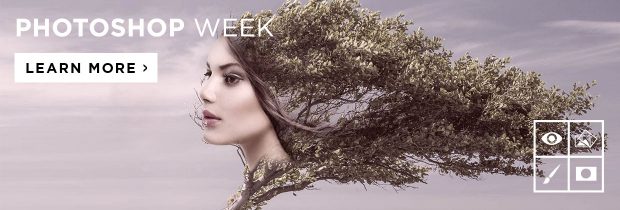
Failure is not an option — how many times have you heard that phrase? And yet failure produced the light bulb after 1,000 failed attempts and penicillin in a petri dish about to be tossed in the garbage.
Failure has created everything from scientific discoveries to incredible works of art. In many cultures, failure and the vulnerability that comes along with it is considered a weakness. But to Brené Brown, author and University of Houston researcher, vulnerability is something entirely different: courage.
For Brown, vulnerability is uncertainty, yes, but it’s the kind of uncertainty that comes with bravery and taking a risk. And without vulnerability, there is no creativity, Brown suggests. Because what creative doesn’t feel vulnerable the moment before sending that book into a publisher, sharing that photograph or launching that Etsy store?
Instead, Brown suggests channeling that vulnerability to dare greatly — and create. Here’s how.
Ditch the myth that vulnerability is weakness.
Many are raised to believe both that vulnerability is weakness and that bravery is important. The problem, Brown says, is that mix creates bravado, not actual courage. “If I can’t be vulnerable and I have to be brave, what’s left but to pretend to be tough?” she says.
When she asked people when they felt the most vulnerable during her research, the answers ranged from moving on the day after a divorce to trying again after a miscarriage. That led her to the idea that most of us are actually vulnerable and brave in the exact same moment. Vulnerability is uncertainty, risk, and emotional exposure, she says, but it certainly isn’t weakness.
Want to learn more ways to incorporate creativity into your business? Create a well-loved brand that is authentic and trusted by your community. RSVP Today.
Accept that there is no creativity without vulnerability.
The very definition of creativity involves making something different — and the risk of creating something different comes with vulnerability. “There is no creativity without vulnerability,” Brown says. “There just isn’t.”
While she used to describe herself as uncreative, her research later led her to believe that everyone has some sort of innate creativity. But, after being shamed for something they created, some simply stop trying to be creative. Out of the people she interviewed over the course of 13 years that said they remembered being shamed in schools, half of those people remembered being shamed for something in art or creativity. Art shouldn’t be graded, she says, because it creates people who are afraid to try something in a creative way.
“There’s no such thing [as being uncreative] — there’s just people who use their creativity and people who don’t,” she said. “And that doesn’t go without penalty — as it turns out, unused creativity is not benign, it’s dangerous. It metastasizes and turns into grief, judgement, rage — and poison.”
Don’t accept feedback from those in the cheap seats.
How often have you been hurt by a comment left by a random internet user? While feedback can be important to the creative process, too often, creatives are taking feedback from the wrong people.
Brown’s book, Daring Greatly, stems from a quote by Theodore Rosevelt where he says that it’s not the critic that counts, but the person actually in the arena trying “who at the worst, if he fails, at least fails while daring greatly, so that his place shall never be with those cold and timid souls who neither know victory nor defeat.”
Too often, Brown says, we base our value on the opinions that don’t really matter. The researcher herself carries a small sheet of paper — about an inch long on each side — with a list of the people whose opinions actually matter. Her list has eight names on it — and she suggests including only people who love you because of your imperfections.

Why not just disregard feedback altogether? While creatives shouldn’t let critics define them, they should focus on the feedback that matters, the feedback from other creatives in the same arena. “When you don’t care at all what people think, you loose your capacity for connection…and what is art if its not connection and love?” she says.
For creatives still learning to navigate what feedback matters and what doesn’t, she suggests having a friend or family member vet the comments, only showing you the feedback that’s relevant and constructive.
Failure is an option.
Too often, people say that failure is not an option. But Brown suggests that failure is not only an option, but essential to creative thinking and running a business. “It’s the entrepreneur who can say that failure is an option — I need to turn this around.” she said. “If you don’t believe that failure is an option, you are just grinding harder at the same thing you’ve already tried.”
Instead of keeping the mindset that failure is bad, entrepreneurs can look for creative ways to approach the same problem for better results.
Putting any creative work out there is hard, she says — and after hundreds of rejection letters for her first book, Brown is intimate with just how hard that is. But as difficult as vulnerability is, that moment is also a spark of courage and the beginning of a great dare that creates something new and incredible. “Vulnerability is never easy and it feels terrible, but there’s no evidence that it’s anything but courage,” she said.
Find more of Brené Brown’s insight at the Chase Jarvis Live Show as part of podcast number 92.
Are you ready for the biggest Photoshop event of the year? Join CreativeLive for Photoshop Week 2018 to learn how to produce professional quality photos and reach your full creative potential. RSVP Today.




